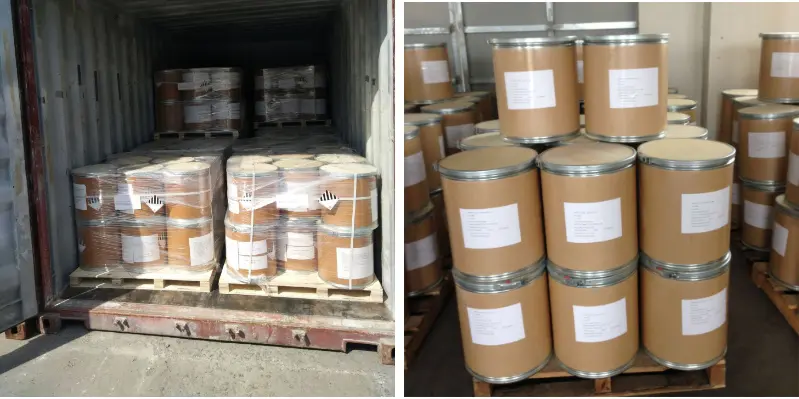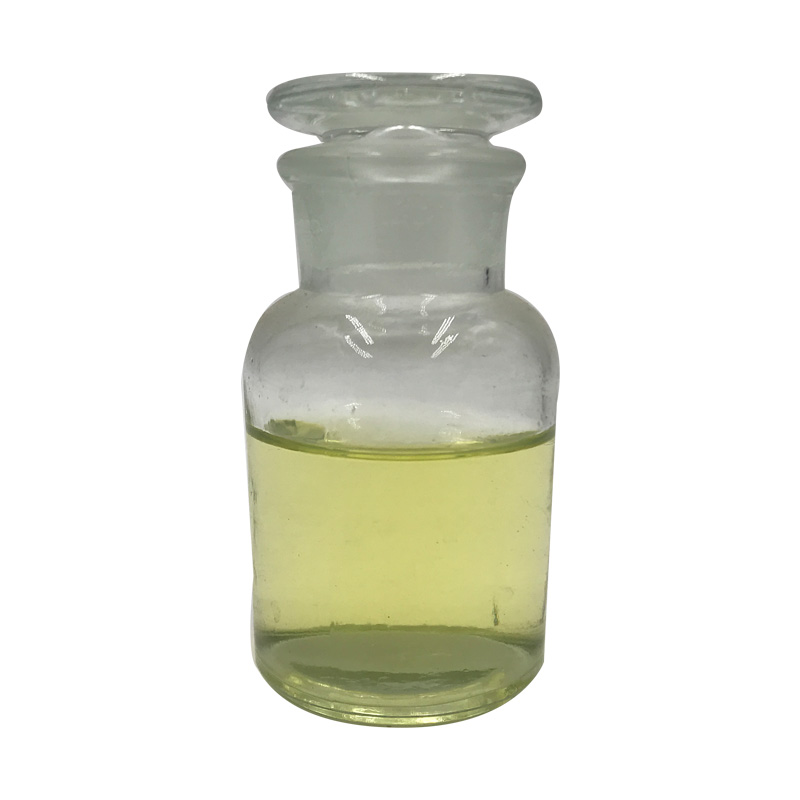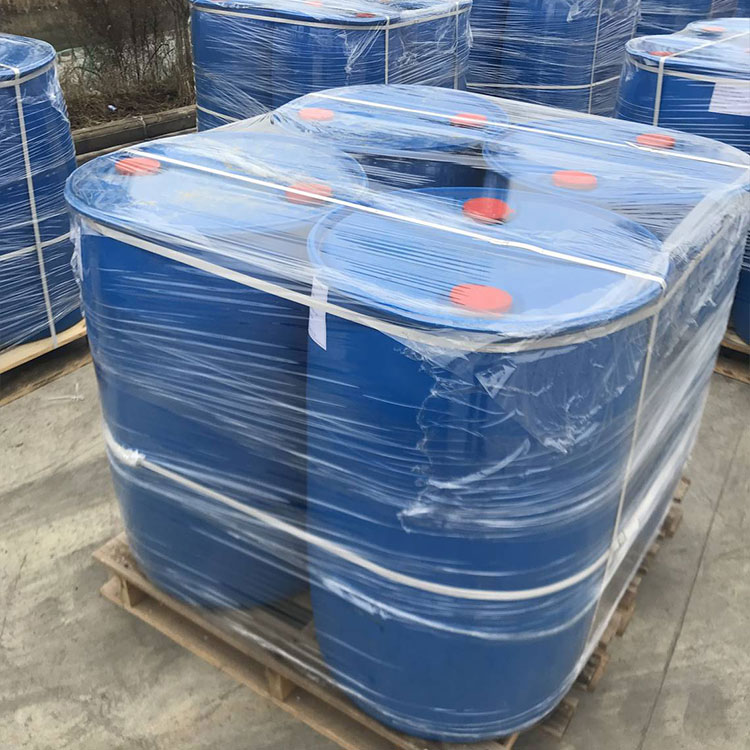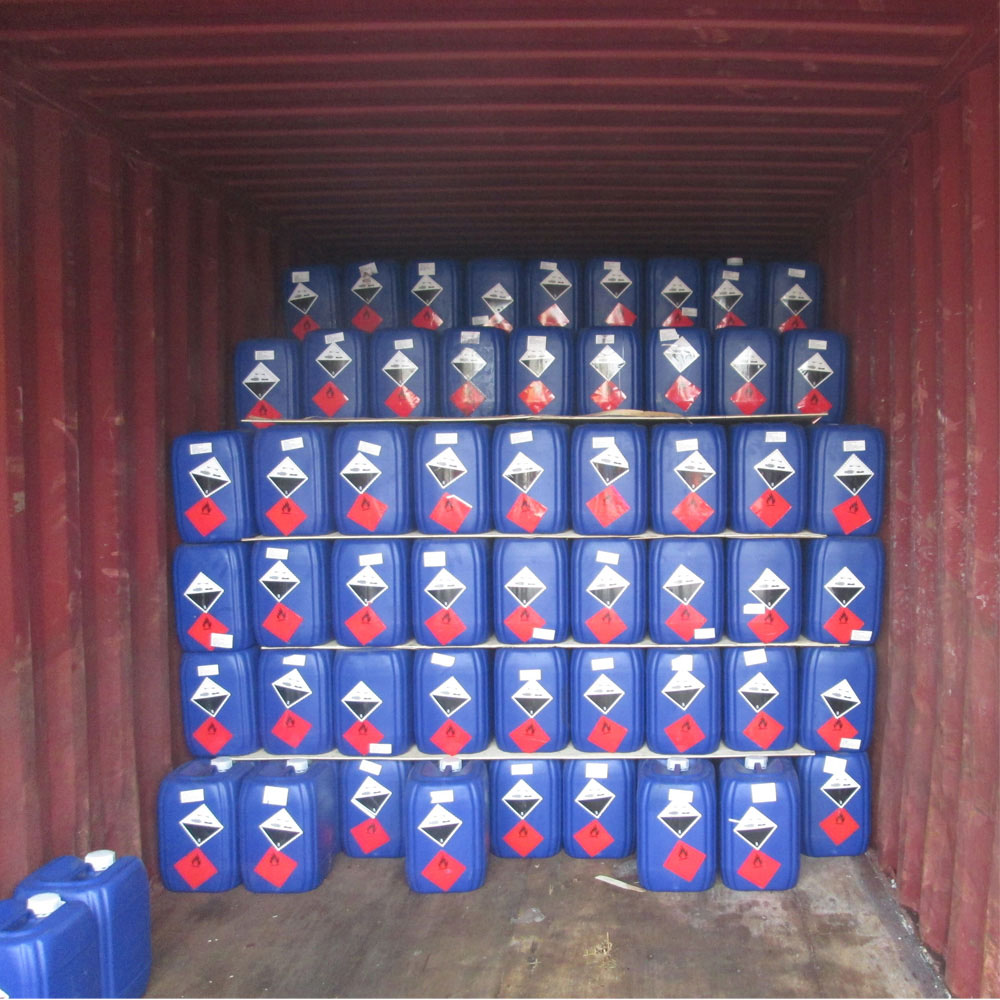Methyl Acetate CAS#79-20-9
Methyl Acetate CAS#79-20-9 Promotion Season Now in Store and Free Sample for Testing with Factory Price
Chemical Name:Methyl Acetate
CAS No.:79-20-9
Molecular Formula:C3H6O2
Molecular weight:74.08
Sample: Available
Mode of Transportation
1. By Air, fast but expensive.
2. By Sea, usual and economy.
3. By Train, suit for middle Asia countries.
4. By Express, suit for small package.
We only provide highest quality goods available, accompanied by after support!
Methyl Acetate CAS#79-20-9
Methyl acetate, additionally viewed as MeOAc , acetic acid methyl ester or methyl ethanoate, is a carboxylate ester with the formula CH3COOCH3. It is a flammable liquid with a generally high-quality smell reminiscent of some glues and nail polish removers. Methyl acetate is on event used as a solvent, being weakly polar and lipophilic, on the other hand its shut relative ethyl acetate is a greater ordinary solvent being plenty much less toxic and a lot much less soluble in water. Methyl acetate has a solubility of 25% in water at room temperature. At expanded temperature its solubility in water is plenty higher. Methyl acetate is now no longer impenetrable in the presence of sturdy aqueous bases or aqueous acids. Methyl acetate is VOC exempt.
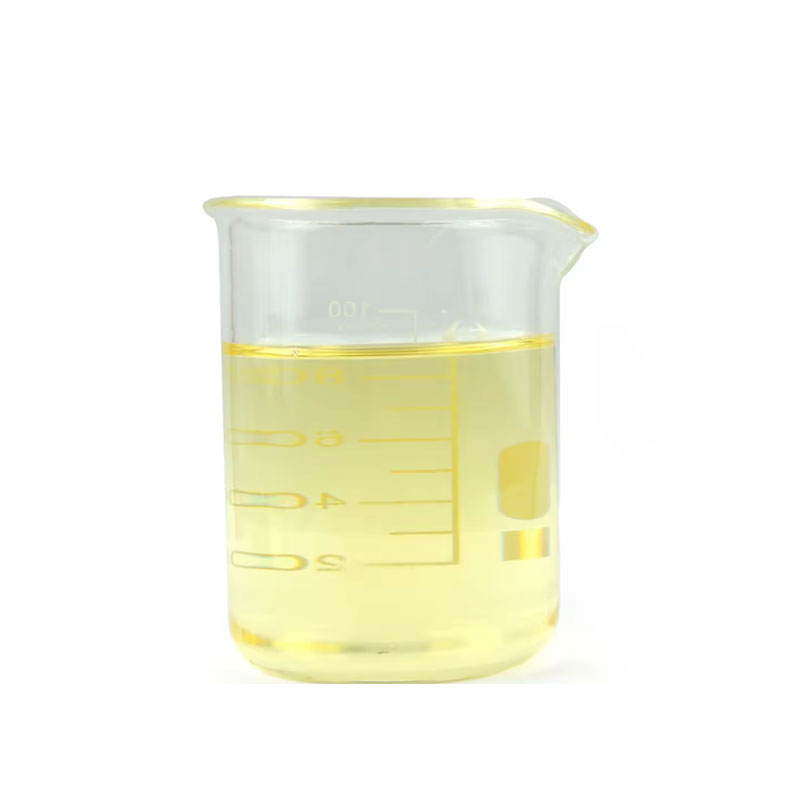
Methyl acetate Chemical Properties |
Melting point | -98 °C (lit.) |
Boiling point | 57-58 °C (lit.) |
density | 0.934 g/mL at 25 °C |
vapor density | 2.55 (vs air) |
vapor pressure | 165 mm Hg ( 20 °C) |
refractive index | n |
FEMA | 2676 | METHYL ACETATE |
Fp | 3.2 °F |
storage temp. | no restrictions. |
solubility | 250g/l |
form | Solution |
color | Clear colorless to slightly pale yellow |
Relative polarity | 0.253 |
Odor | Slightly acrid, sweet; fragrant. |
explosive limit | 3.1-16%(V) |
Odor Threshold | 1.7ppm |
Odor Type | ethereal |
Water Solubility | 250 g/L (20 ºC) |
λmax | λ: 255 nm Amax: 1.0 |
JECFA Number | 125 |
Merck | 14,6008 |
BRN | 1736662 |
Henry's Law Constant | 0.90 at 20.00 °C, 1.56 at 30.00 °C (headspace-GC, Hovorka et al., 2002) |
Exposure limits | TLV-TWA 200 ppm (~610 mg/m3) (ACGIH, MSHA, and OSHA); TLV-STEL 250 ppm (~760 mg/m3) (ACGIH); IDLH 10,000 ppm (NIOSH). |
Dielectric constant | 7.3(20℃) |
Stability: | Stable. Extremely flammable - readily forms explosive mixtures with air. Note low flash point and wide explosion limits. Incompatible with strong oxidizing agents, strong bases, strong acids, nitrates. May be moisture sensitive. |
LogP | 0.18 at 20℃ |
CAS DataBase Reference | 79-20-9(CAS DataBase Reference) |
NIST Chemistry Reference | Acetic acid, methyl ester(79-20-9) |
EPA Substance Registry System | Methyl acetate (79-20-9) |
Safety Information |
Hazard Codes | F,Xi |
Risk Statements | 11-36-66-67 |
Safety Statements | 16-26-29-33 |
RIDADR | UN 1231 3/PG 2 |
OEB | A |
OEL | TWA: 200 ppm (610 mg/m3), STEL: 250 ppm (760 mg/m3) |
WGK Germany | 1 |
RTECS | AI9100000 |
Autoignition Temperature | 936 °F |
TSCA | Yes |
HS Code | 2915 39 00 |
HazardClass | 3 |
PackingGroup | II |
Hazardous Substances Data | 79-20-9(Hazardous Substances Data) |
Toxicity | LD50 orally in Rabbit: > 5000 mg/kg LD50 dermal Rat > 2000 mg/kg |
IDLA | 3,100 ppm [10% LEL] |
Product Usage
Methyl acetate may additionally be used for the education of fatty acid methyl esters and triacetin from rapeseed oil by using non-catalytic trans-esterification response underneath super-critical conditions.
Methyl acetate can also be used in the following:
As acyl acceptor in the practise of biodiesel.
Synthesis of ethanol.
Preparation of n-butyl acetate, through transesterification response with n-butanol in the presence of acidic catalysts.
It may additionally additionally be used as a precursor in the synthesis of the following:
acetic anhydride
methyl acrylate
vinyl acetate
ethyl amide
Factory and Equipment Show
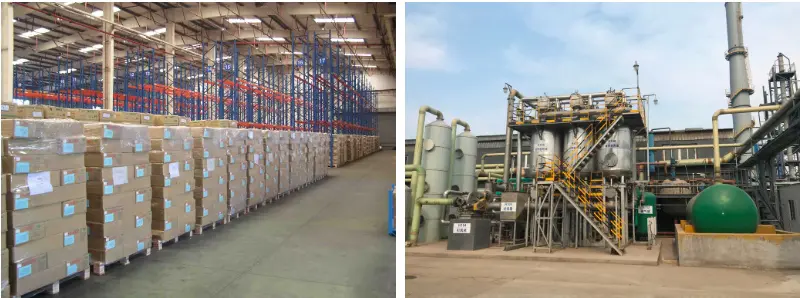
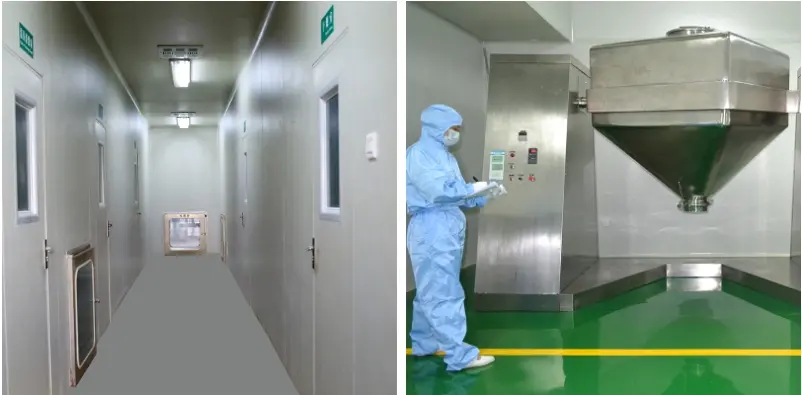
Fast transport time
Inventory 2-3 working days New manufacturing 7-10 working days
